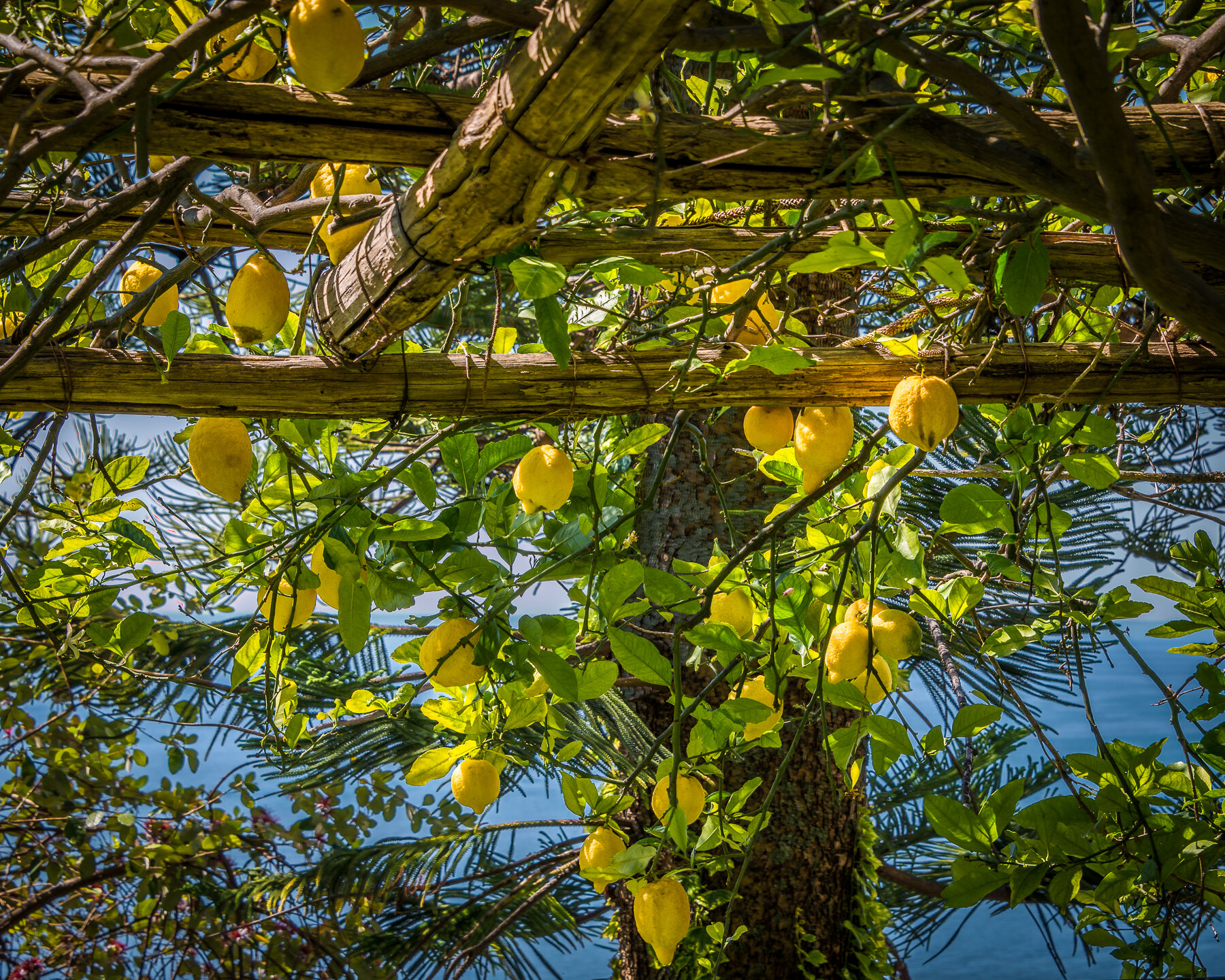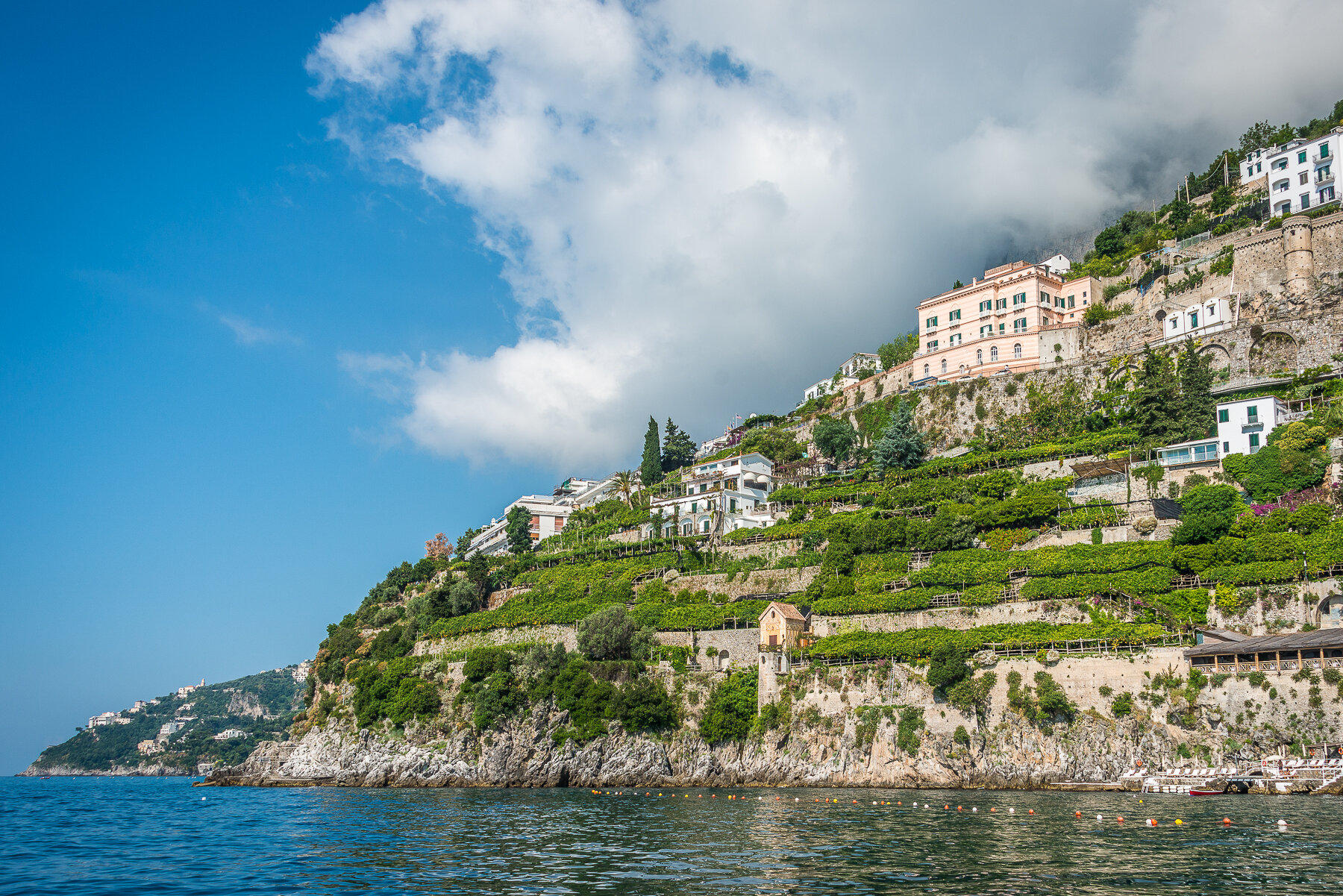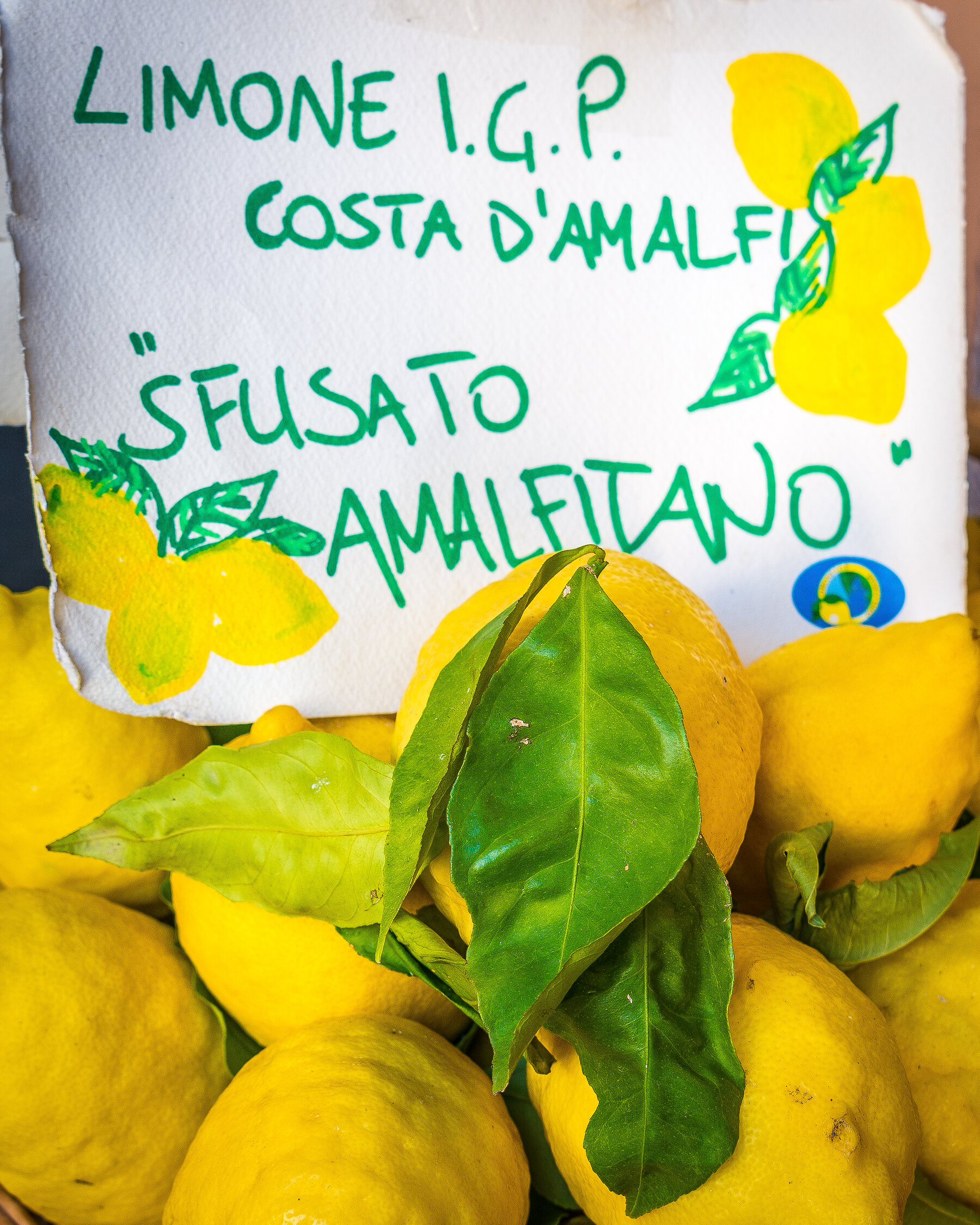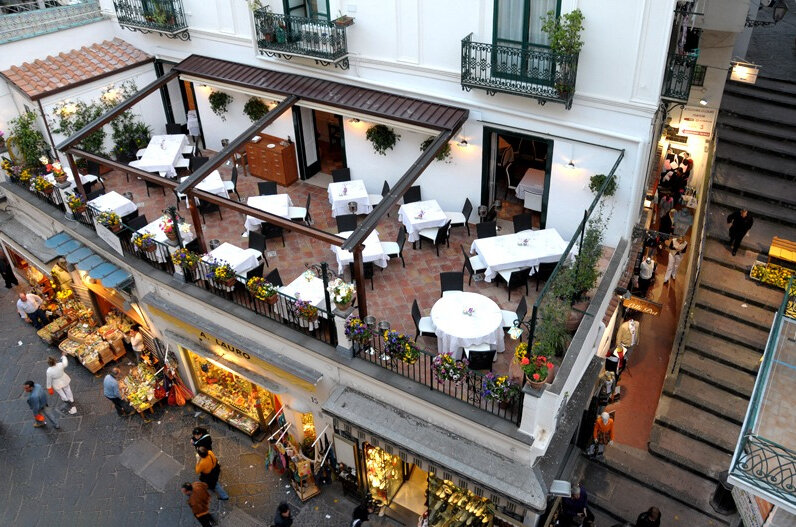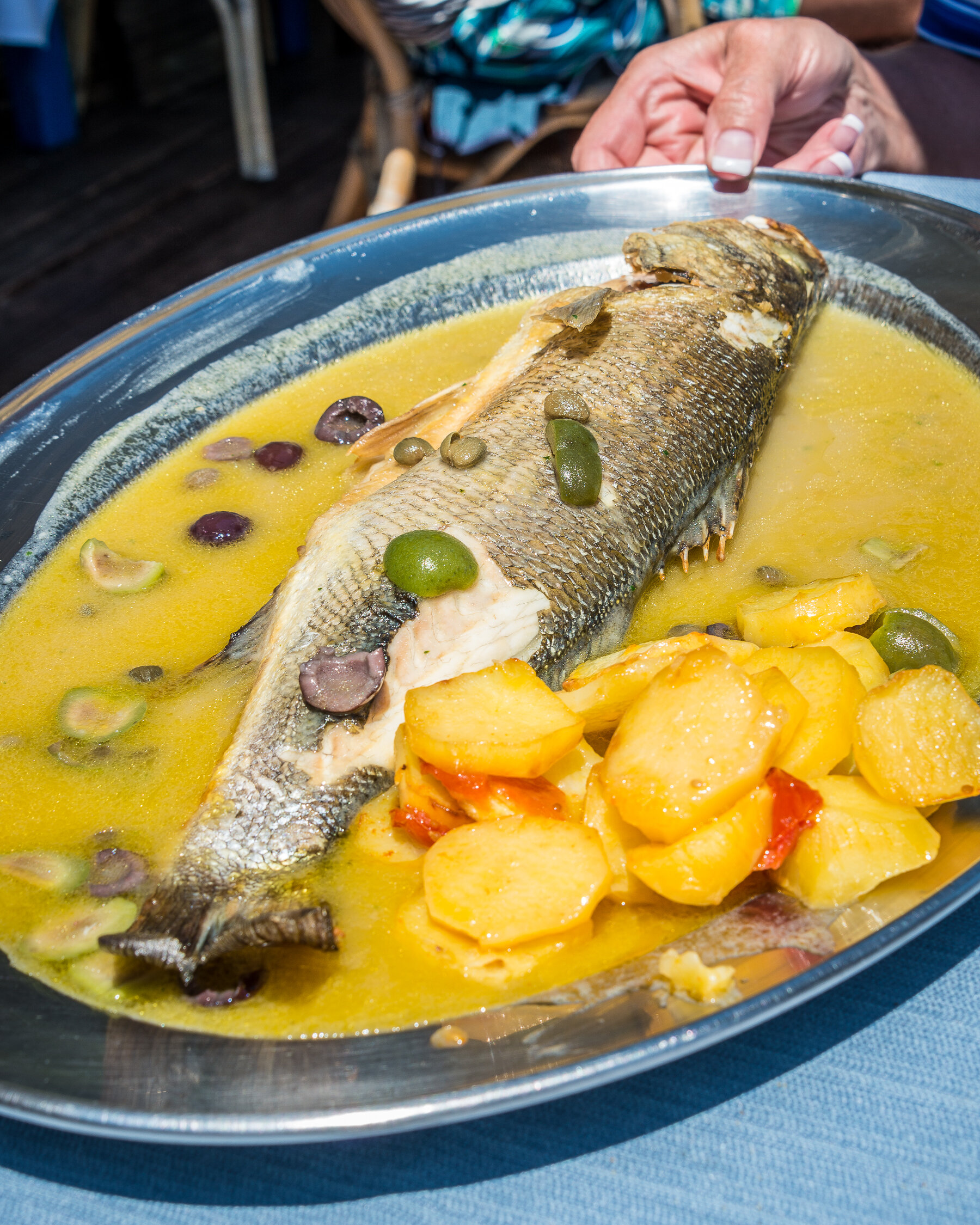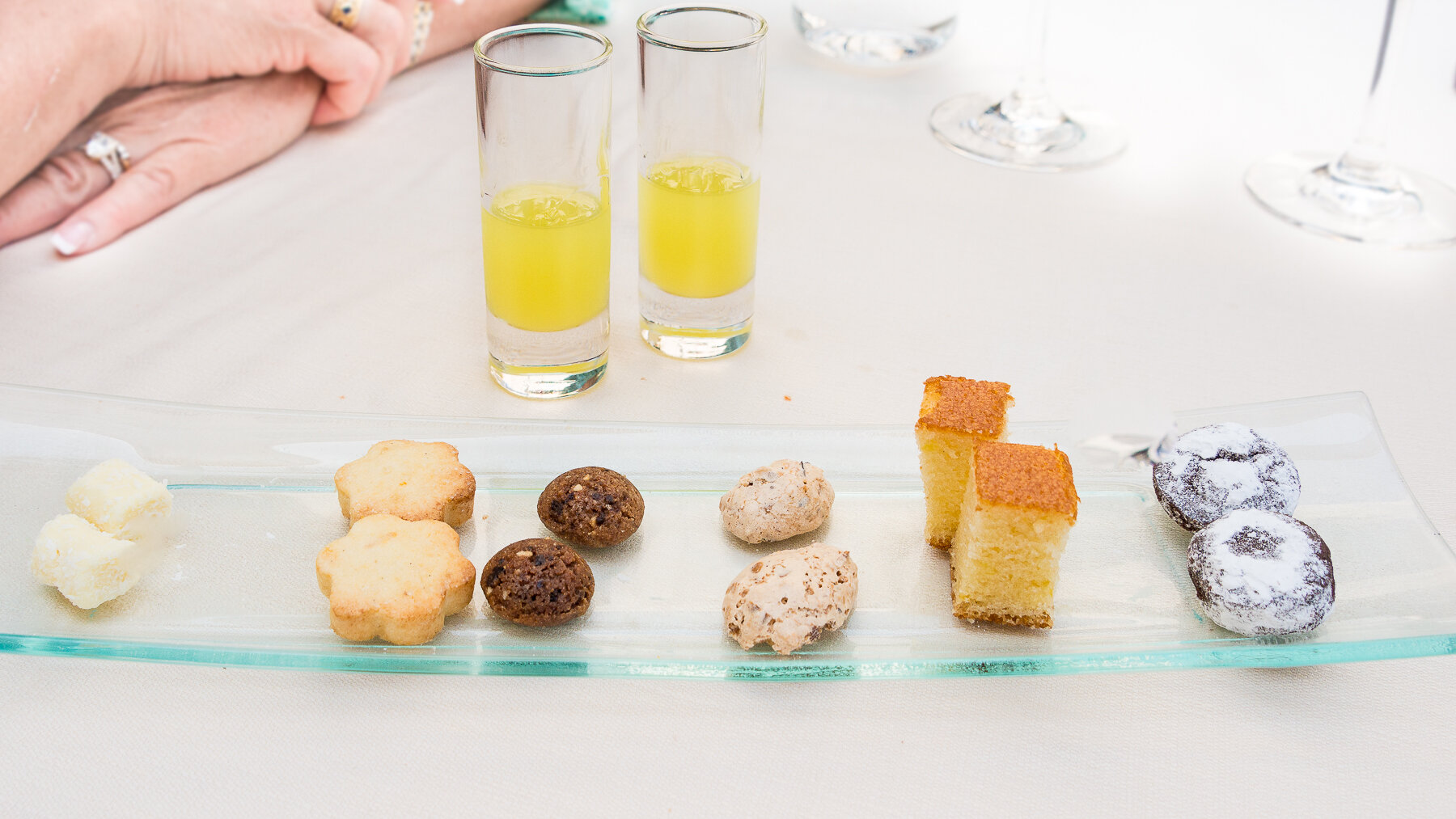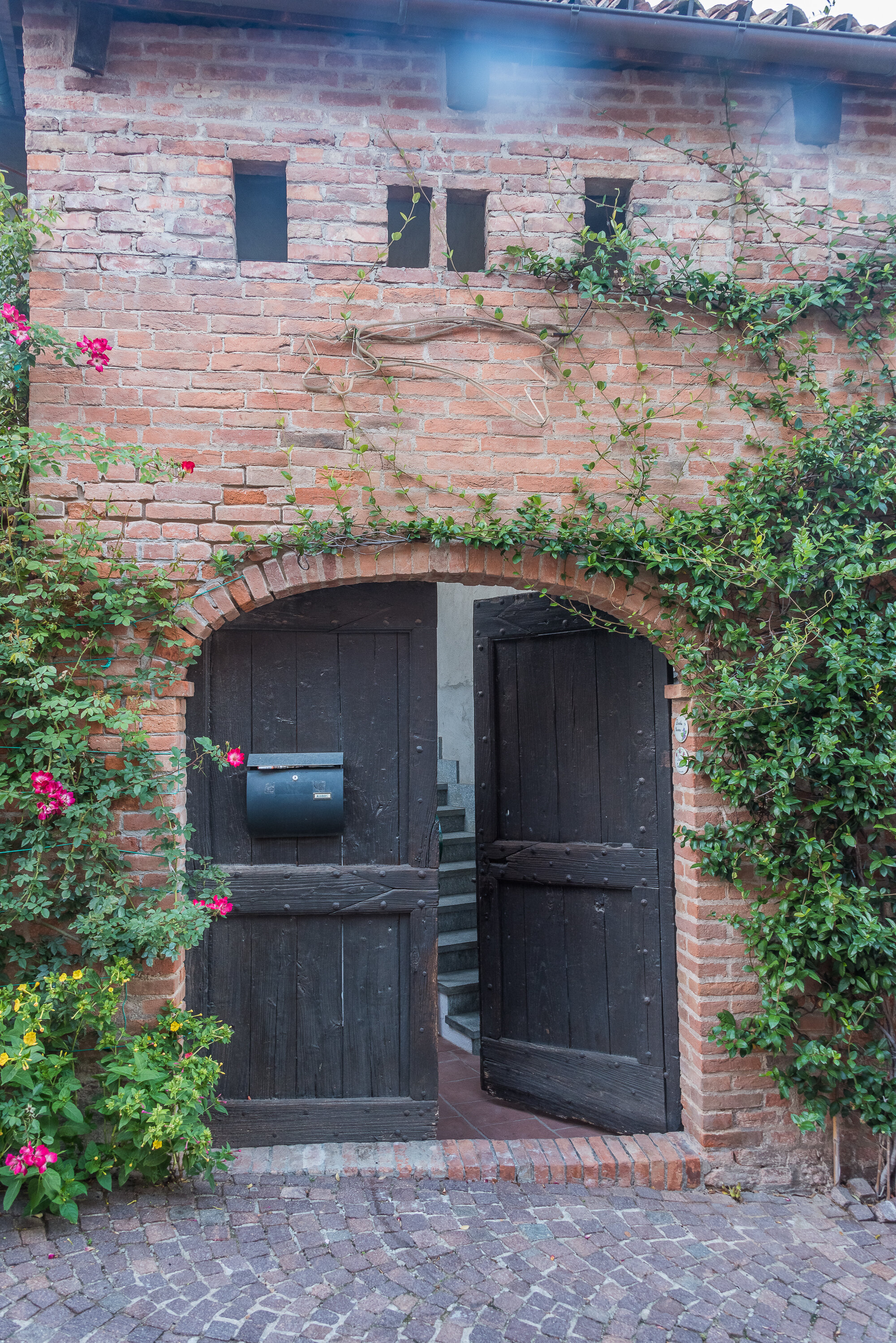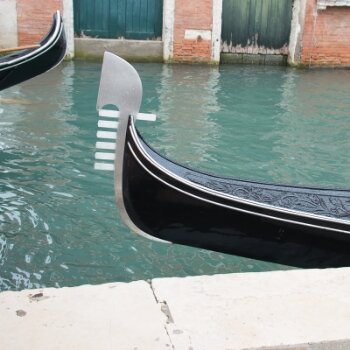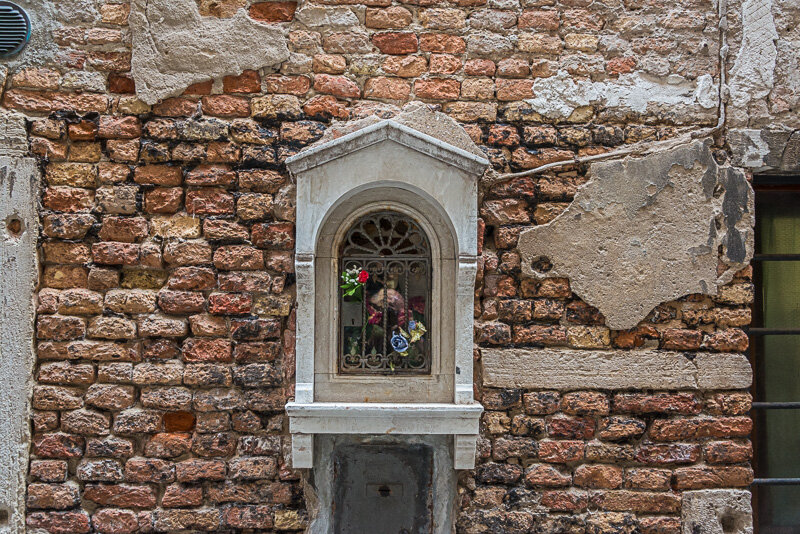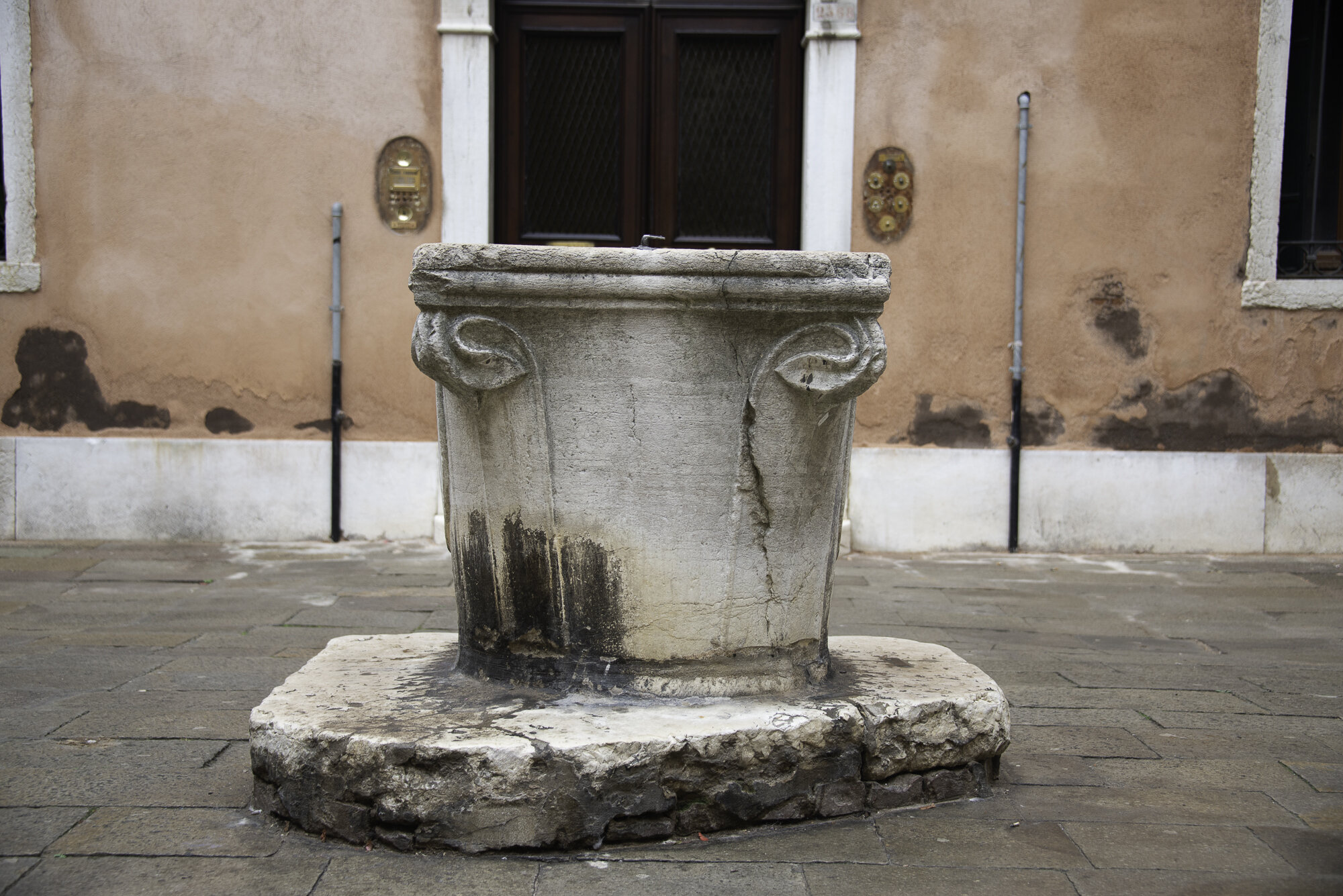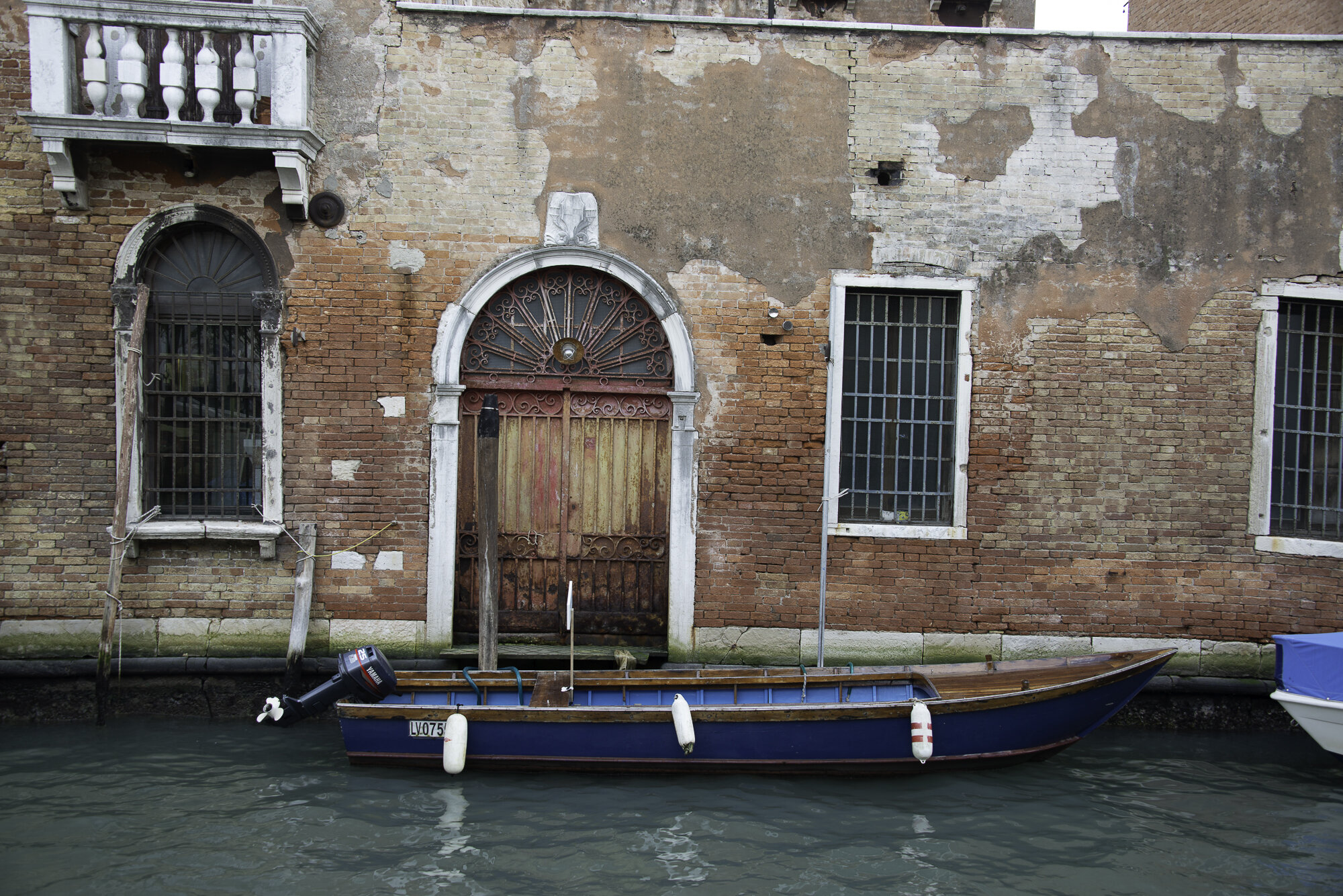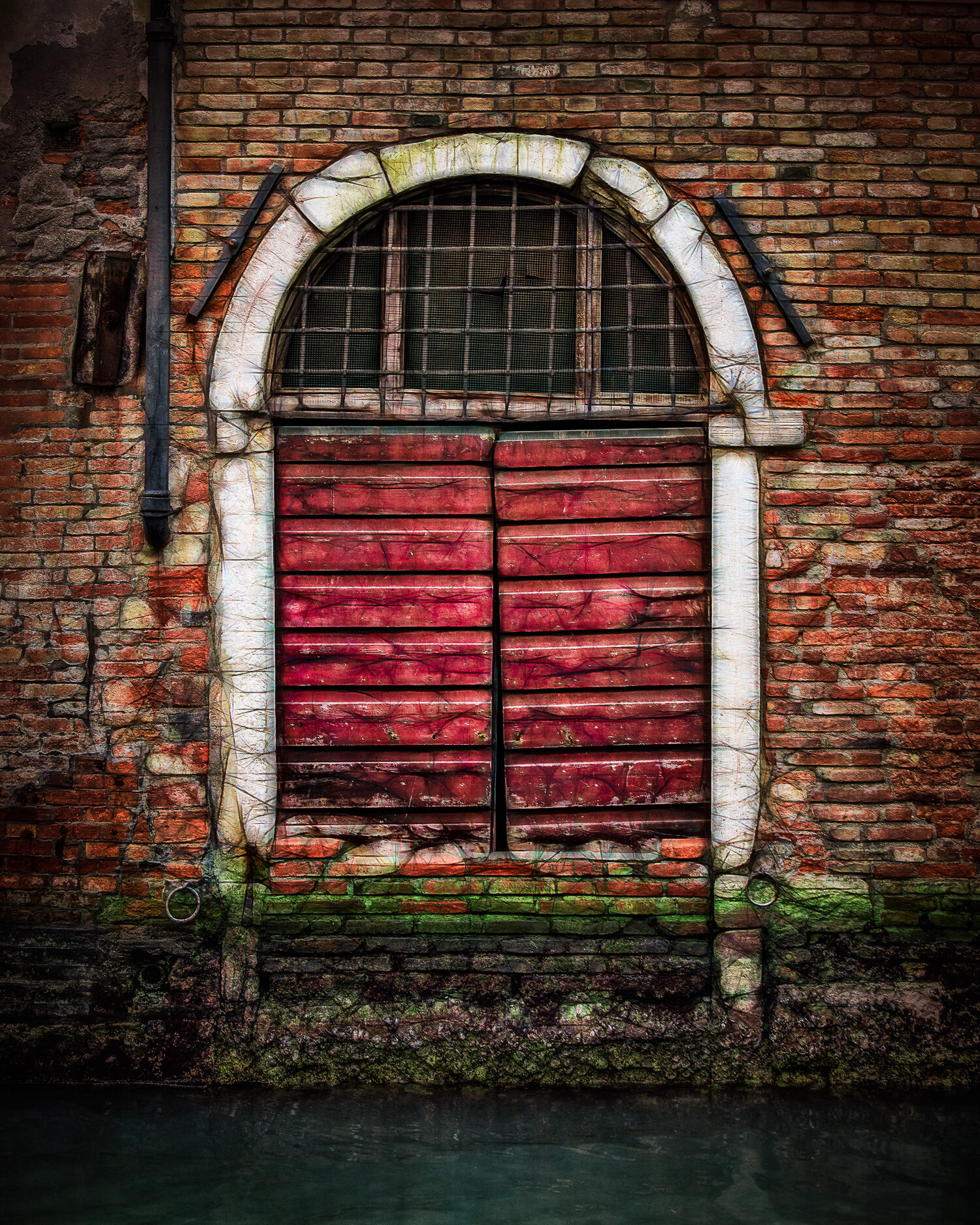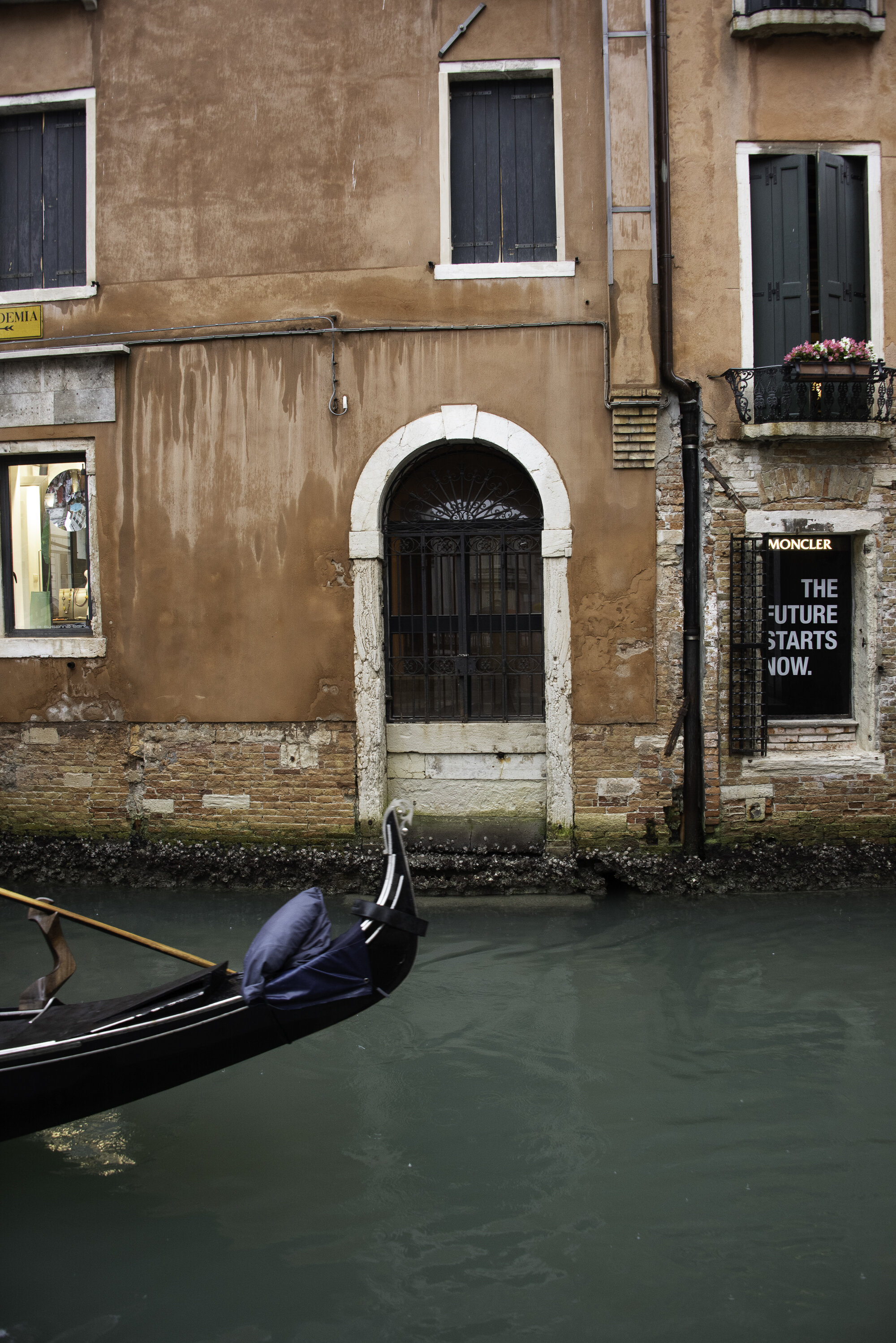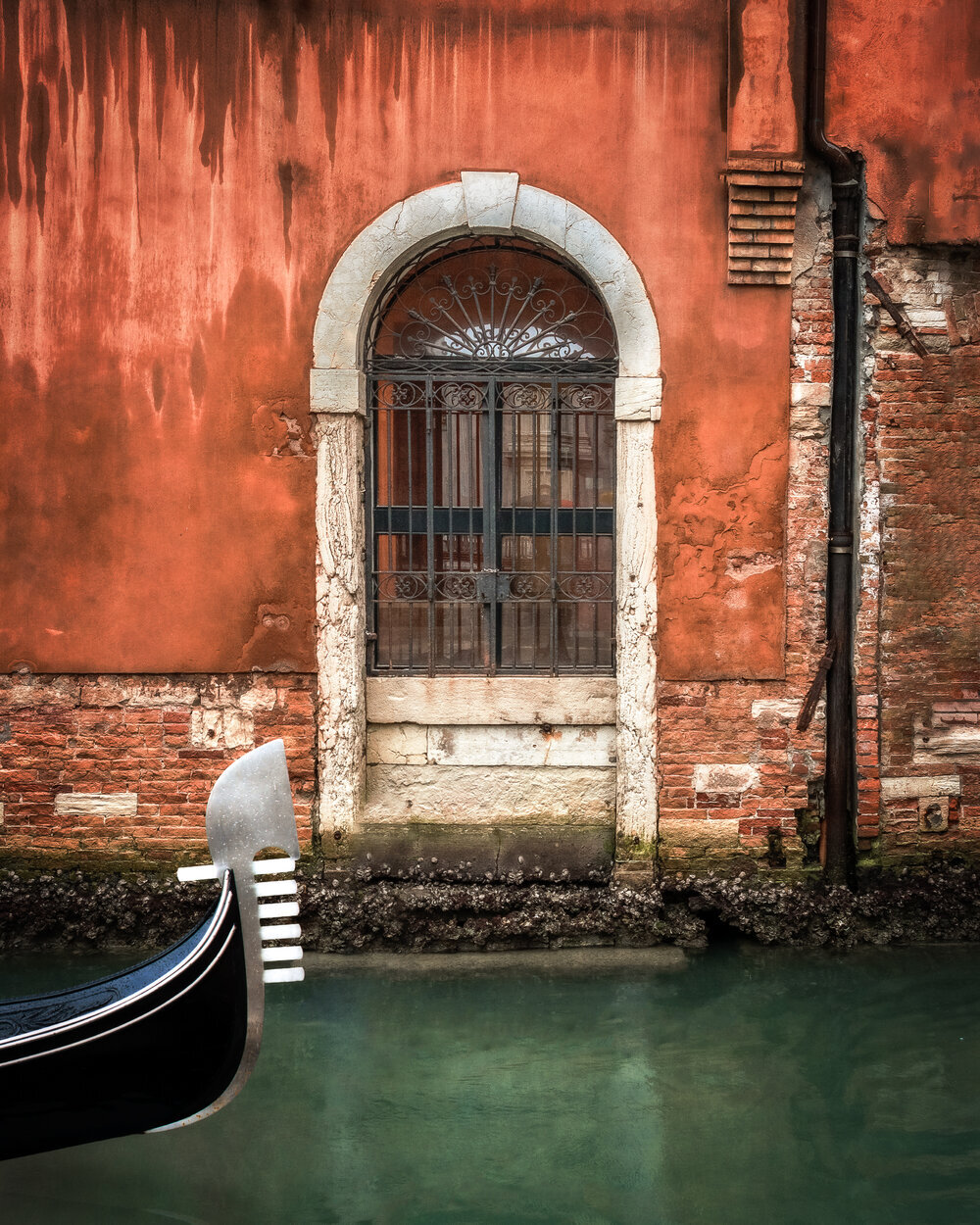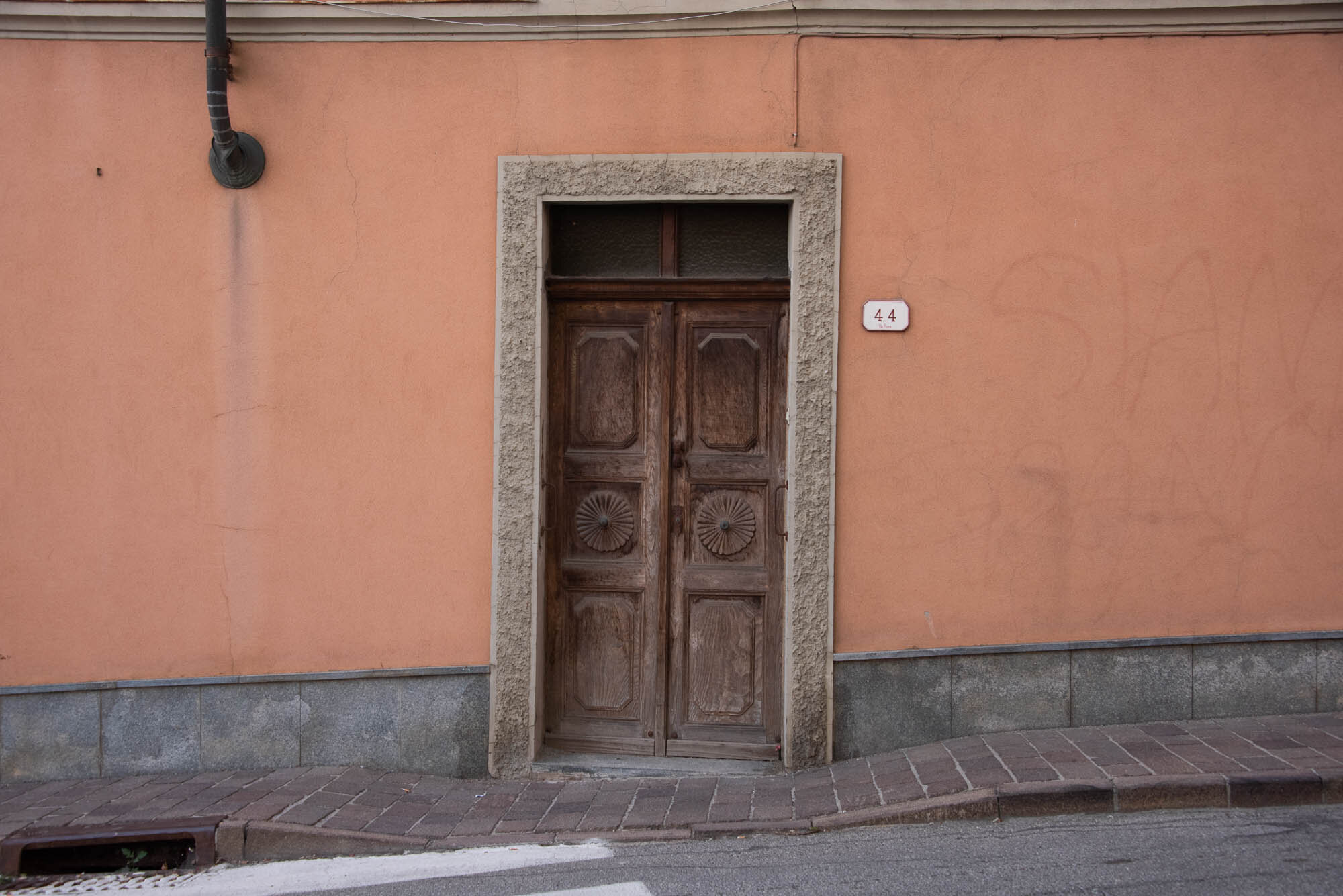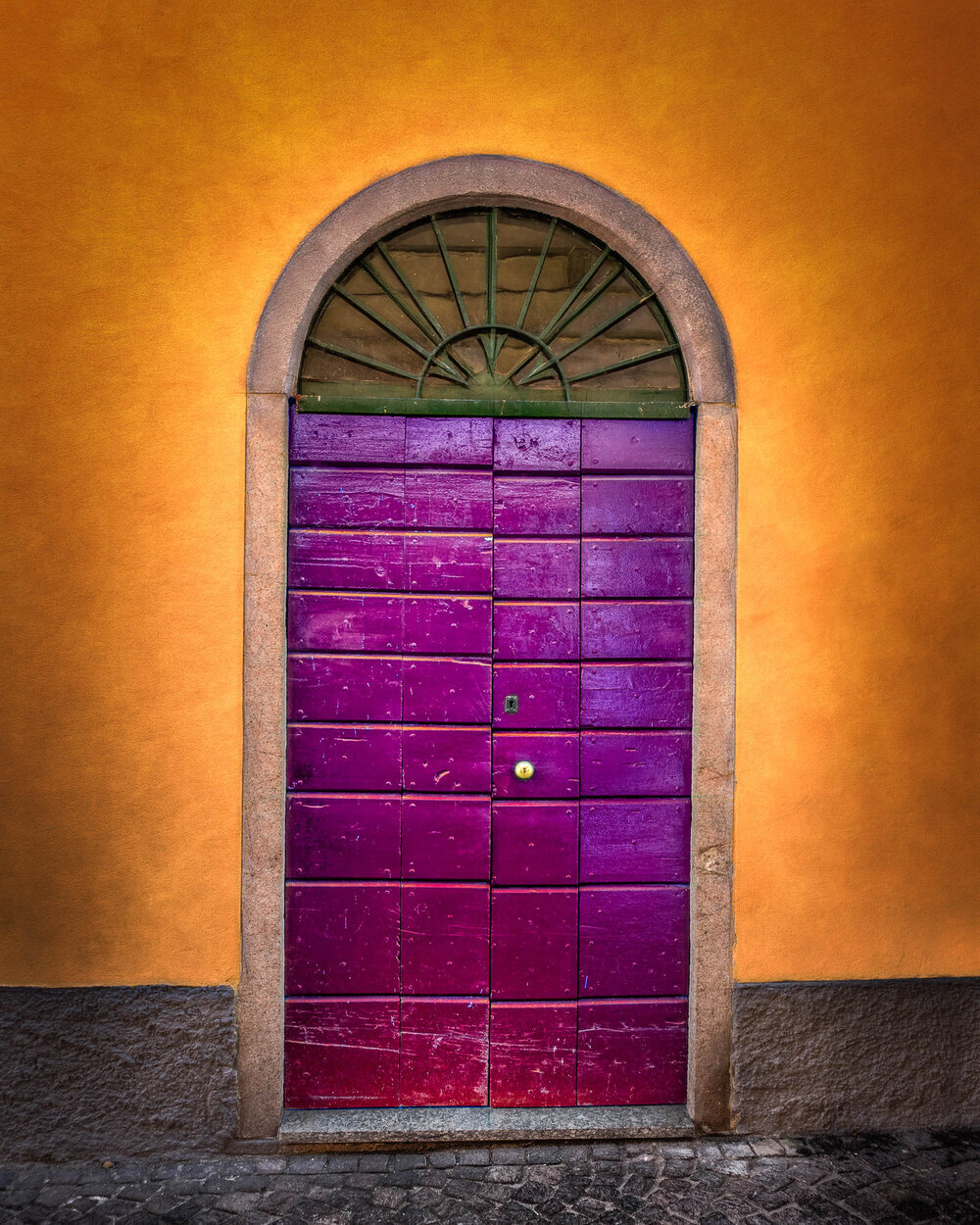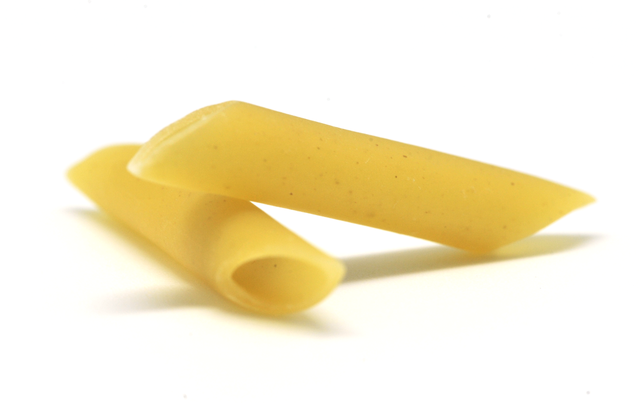Long Pastas
These are like what you think of as spaghetti, of which there are many types…just head up to your grocery store to see that for yourself. They are made either by extruding them through a die, or by rolling them out and hand cutting them.
Here is a semi-comprehensive (is there such a thing as ‘semi-comprehensive’?) list of these ‘long’ pastas…and I’ll provide just a few photos.
NOTE: I’m going to be making a point with the next few paragraphs, so please bear with me.
PASTAS IN THE LONG CATEGORY: barbine (1), bavette (3), bigoli (1), bucatini (8), busiate, capellini (7), fedelini, ferrazzuoli (1), fettuccine (4) (I’ll explain why I’ve bolded fettuccine, below), fileja (6), linguine (5), lagane (2), lasagna (8), lasagnette, lasagnotte, maccheroni alla molinara, maccheroncini di campofilone, mafaide (9), matriciani, pappardelle (3), perciatelli (4), pici (3), pillus (1), rustiche, sagne ‘ncannulate, scialatelli, spaghetti (6), spaghetti alla chitarra (2), spaghettini (1), spaghettoni (1), stringozzi, su filindau, tagliatelle (15), taglierini (3), trenette, tripoline (1), vermicelli (1), ziti (5).
REGIONAL PASTA NAMES: That’s 32 names for for long pastas. But, those are the common names for the long and skinny pastas. But, guess what? There are regional names, also…the number of which is shown in the parenthesis following each name type above. I count over 100 names for the long and skinny pastas that are used regionally. Add the two together and there are 130 names for long and skinny pasta. Do we really need that many names for long, skinny mixtures of flour and eggs and/or water?
Here’s an example of the regional-names issue. I’ll use the well known Tagliatelle, as an example (that’s it in the bottom right of the group of photos just below).
REGIONAL NAMES FOR TAGLIATELLE PASTA SHAPE: tagliarelli, reginelle, fresine, nastri, fettuccelle, fettucce romane, fiadi, tagliolin, taglatelle smalzade, lesagnetes, bardele, fettuccine (again!?), pincinelle, tagghiarini, and taddarini (you should see all of the red-underlined-spell-checker warnings I’m looking at right now!).
So, ‘fettuccine’ in the regional names for tagliatelle?!…that alone is a completely separate type of long and skinny pasta as you can see above in the list of 32 long pastas, but it’s listed here as a regional version of tagliatelle. Go figure.
I’m not going to belabor the point of the pasta names (well, not any more, at least), and I’m not going to list them for the remaining pasta shapes. In my research, it is suggested that names are often created for marketing purposes And, as there are reportedly 34 different languages or dialects spoken in Italy, that is most likely the main reason for so many regional-name equivalents.
Churchill said of Russia that “It is a riddle wrapped in a mystery inside an enigma”. You can quote me in the future as I say that, “The pasta-type naming issue is a morass tangled up in a muddle sinking into a quagmire.”
PHOTOS OF LONG & SKINNY PASTA: In the first two photos (ziti and bucatini respectively), you will see holes in the long strands that can only be imparted with extrusion through a die. Buca means ‘hole’ in Italian, so this is where bucatini gets its name (the -tini diminutive would make it a small hole), as there is a hole all the way through each strand. Other strands have a square cross-section, while some are flat. Also, note the different colors of each pasta, which is related to the type of flour used in the creation of that pasta.











